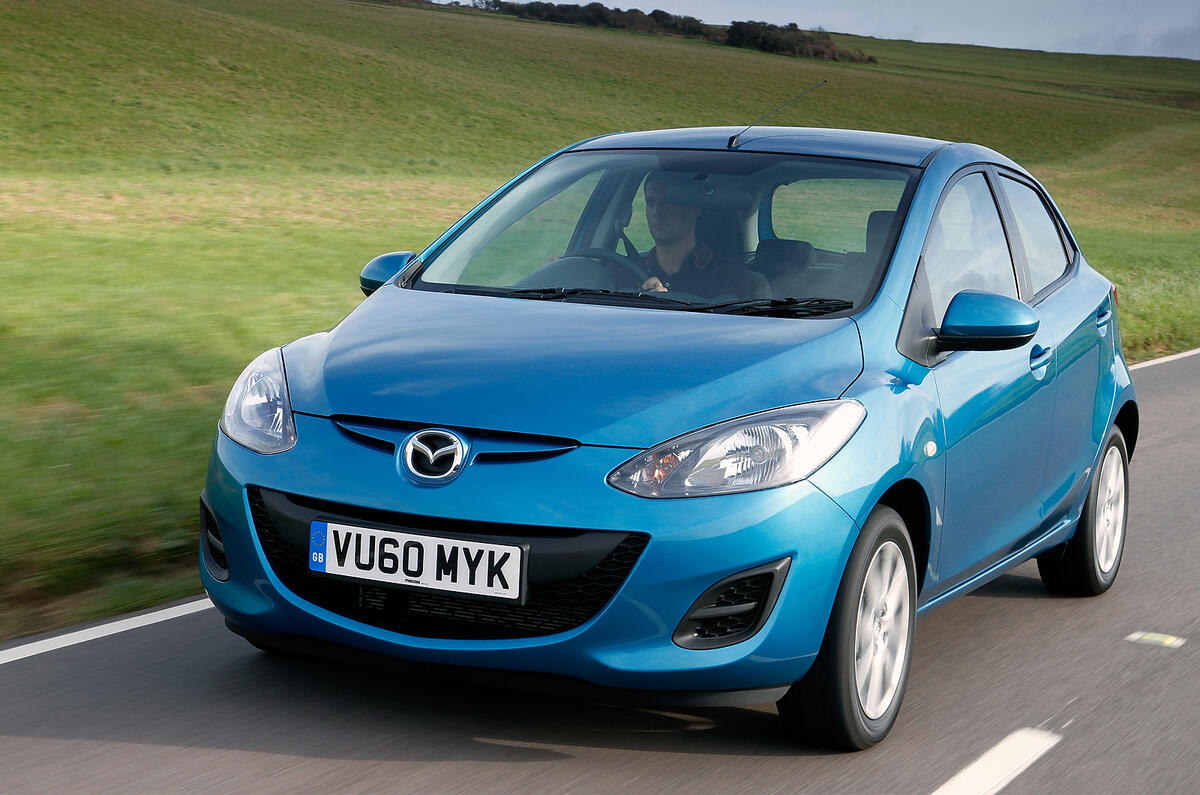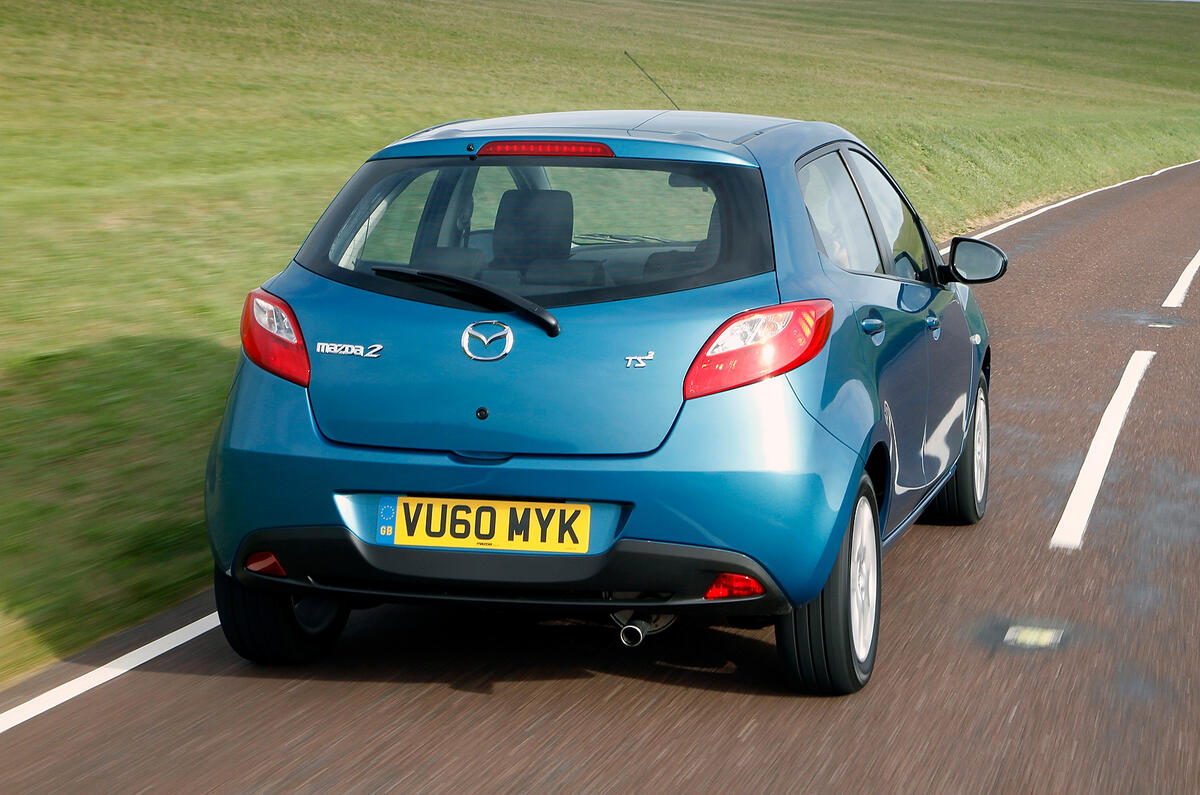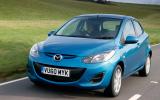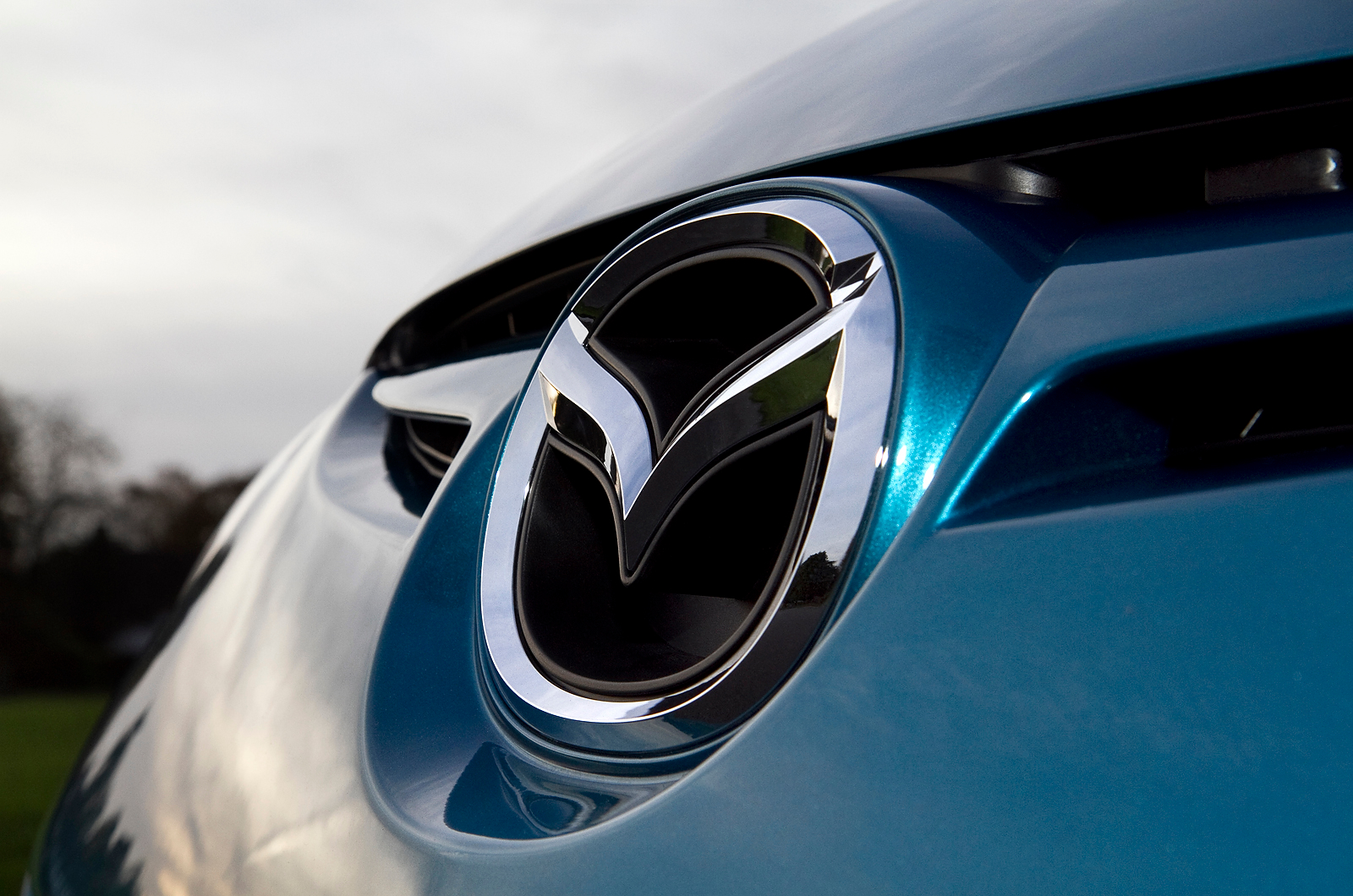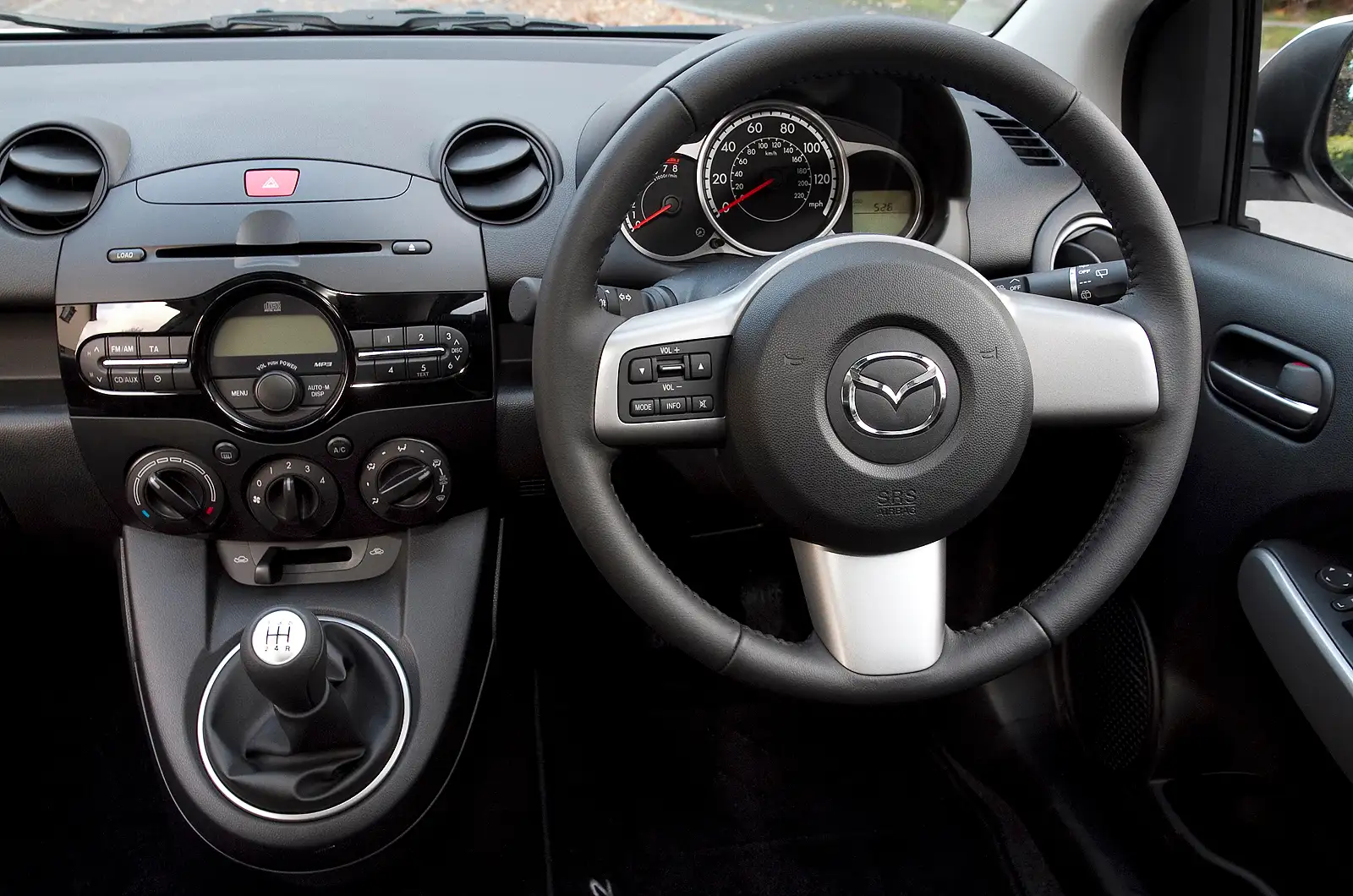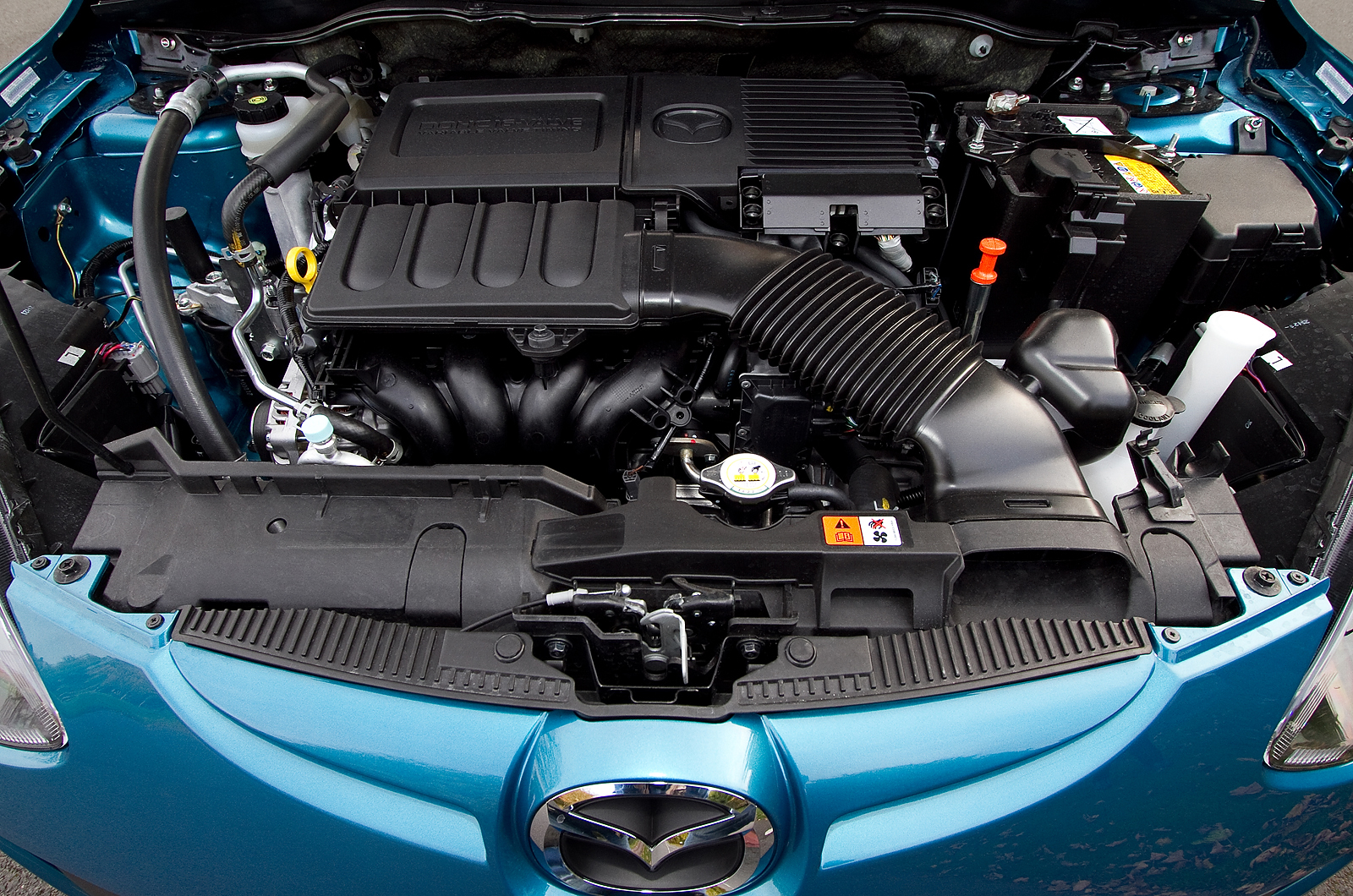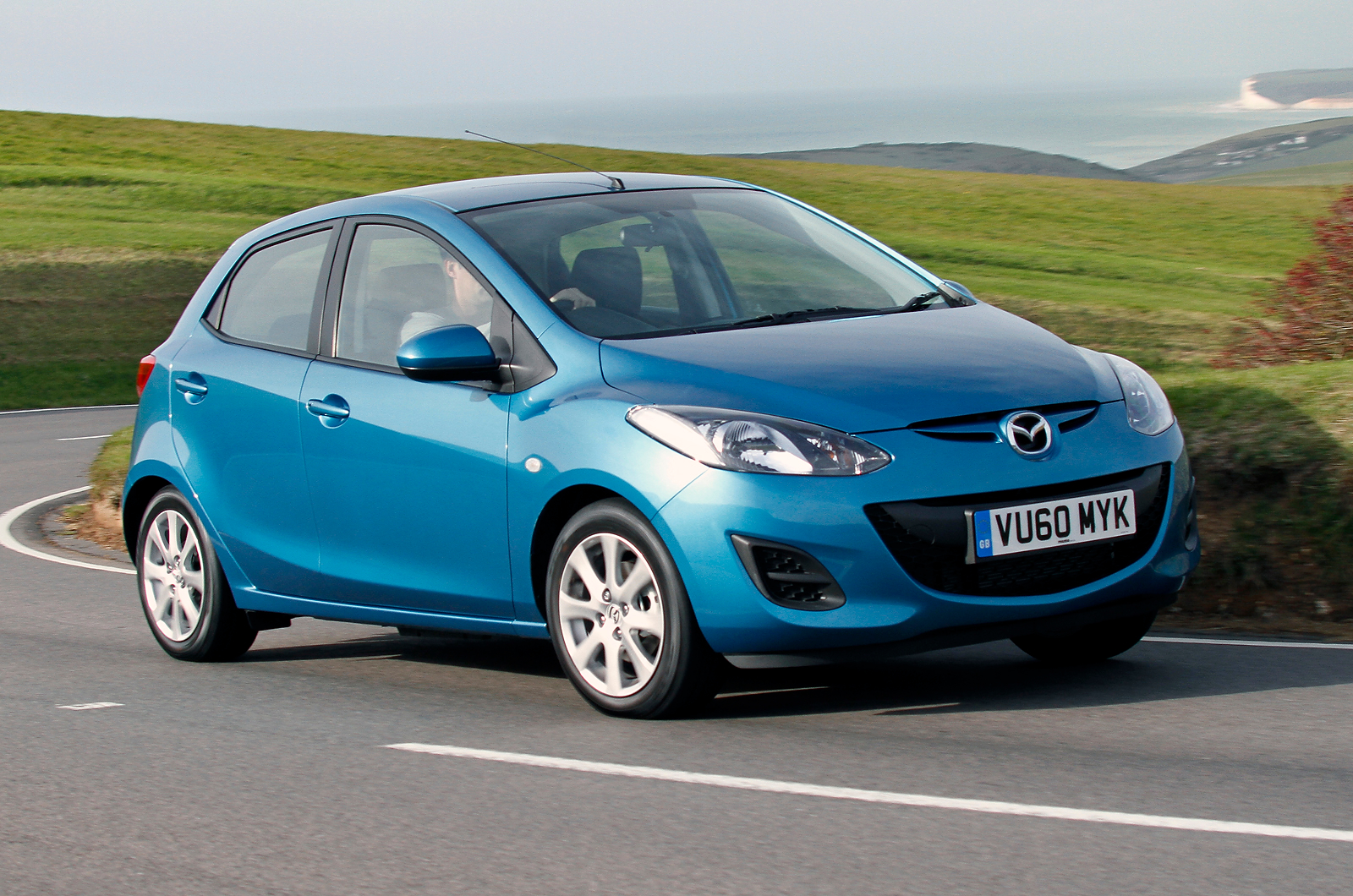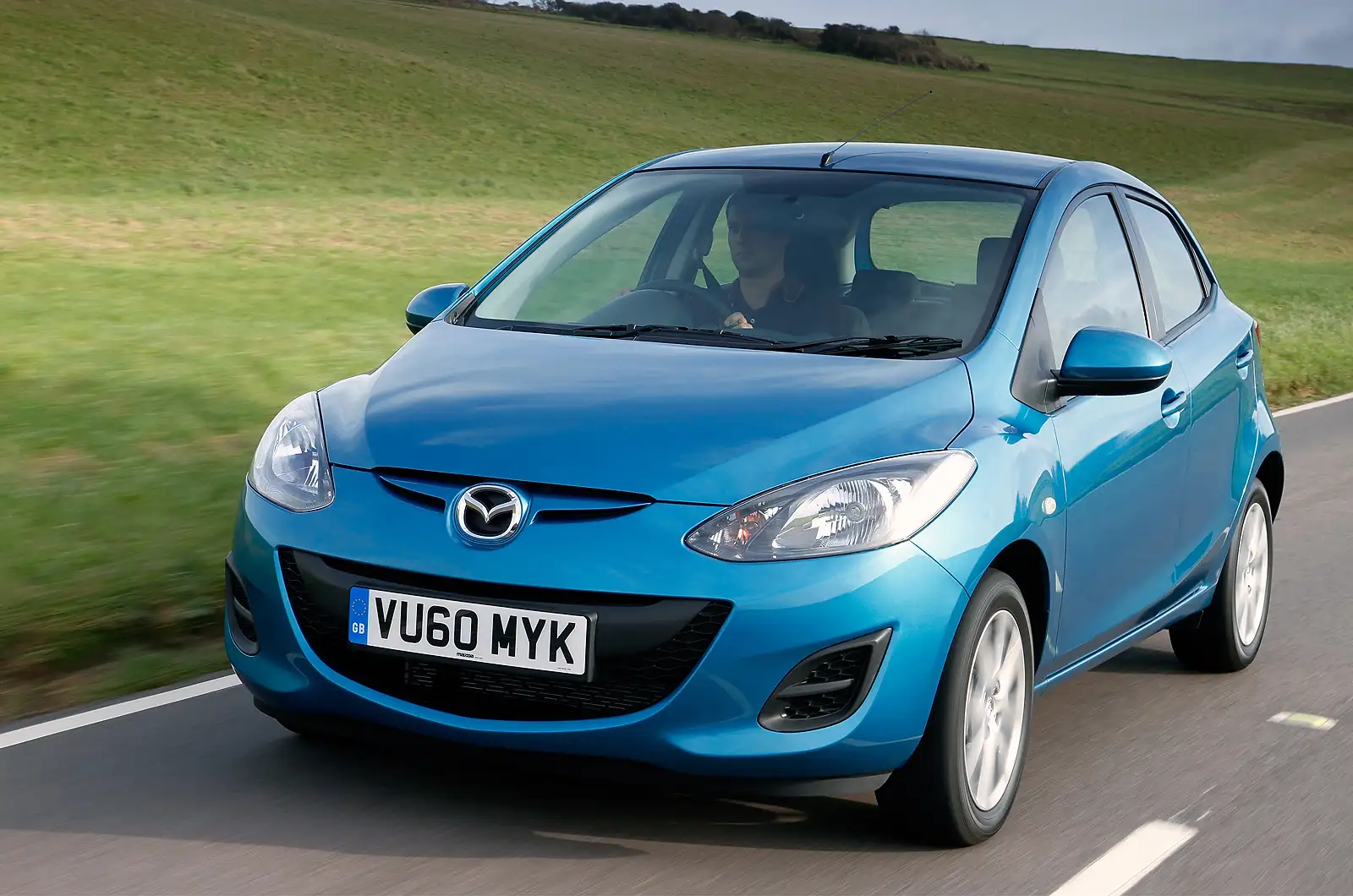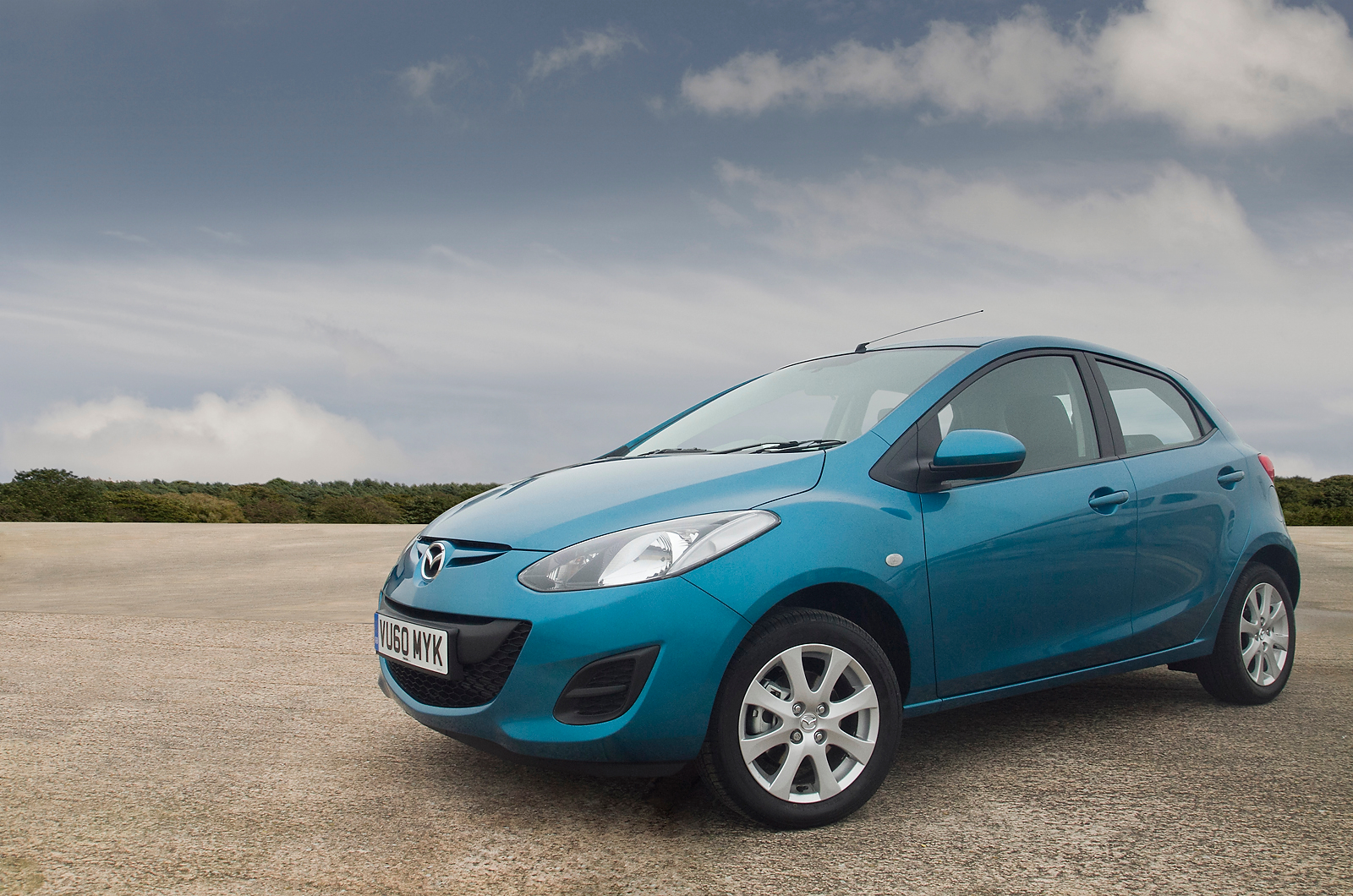Mazda’s supermini offering in Europe before the Mazda 2 was originally badged 121. The small cars that were sold under that name were a disparate bunch, including the bubble-shaped Mazda model launched in 1991 and the 1996 model which was a badge-engineered version of the oval-face Ford Fiesta. It was only with the current Mazda 2 that the brand got really serious about breaking into the important European supermini market.
Introduced in late 2007, the Mazda 2, a sister car to the current Ford Fiesta, reversed a 15-year trend towards bigger, heavier superminis. It was about 10cm shorter than the then-current new crop of hatchbacks such as the Vauxhall Corsa, Peugeot 207, Renault Clio and Fiat Punto, without seeming to pay any significant penalty in reduced interior packaging, beyond conceding some boot space and a couple of centimetres of rear headroom.
The 2 also took an early lead on Mazda’s new engineering direction, which requires future models to be ever lighter and more fuel efficient. Its platform was engineered by Mazda and also used by Ford. At the time of its development, Ford owned a significant stake in Mazda.
With a kerb weight of around 960kg, the new model is around 60kg lighter than the 2007-2014 Mazda 2 it replaced, and up to 190kg lighter than the heaviest of its contemporaries. Mazda’s engineers went to great efforts to shave the weight back when developing the 2. Shortening the rear suspension’s trailing arms saved 13kg, the radio speaker magnets are smaller and the wiring loom shorter, which alone saved nearly 3kg.



